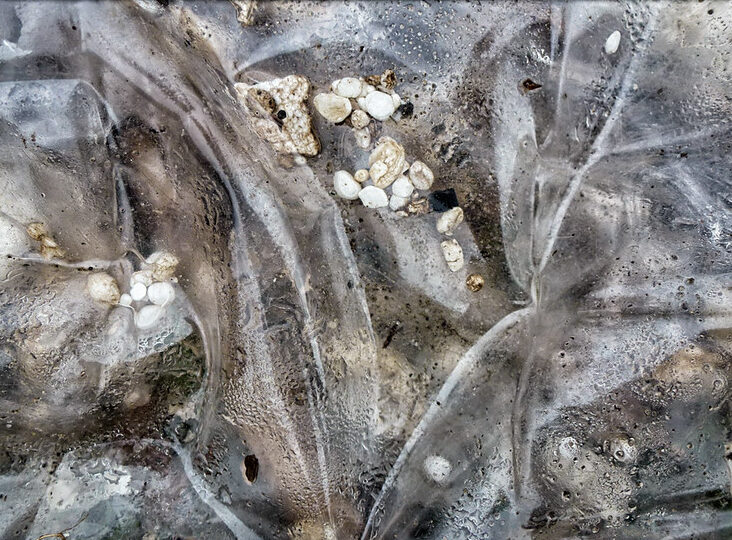Excerpt:
Certain beaches are “sticky zones” that accumulate litter, a new study shows.
Citizen scientists recorded trash on Pacific Northwest beaches, from southern Oregon to Anacortes, Washington, to contribute to the growing study of marine trash.
The study used statistical analysis to confirm that some parts of the beach are “sticky zones.” One such natural resting spot for garbage is the so-called wrack zone, the high-tide mark where kelp and other organic material accumulates. The other place trash likes to land is the wood zone, where driftwood washes up in storms and comes to rest. In general, beaches with more organic flotsam also tended to have more litter.









